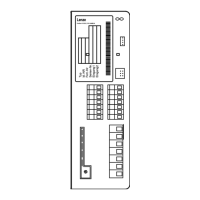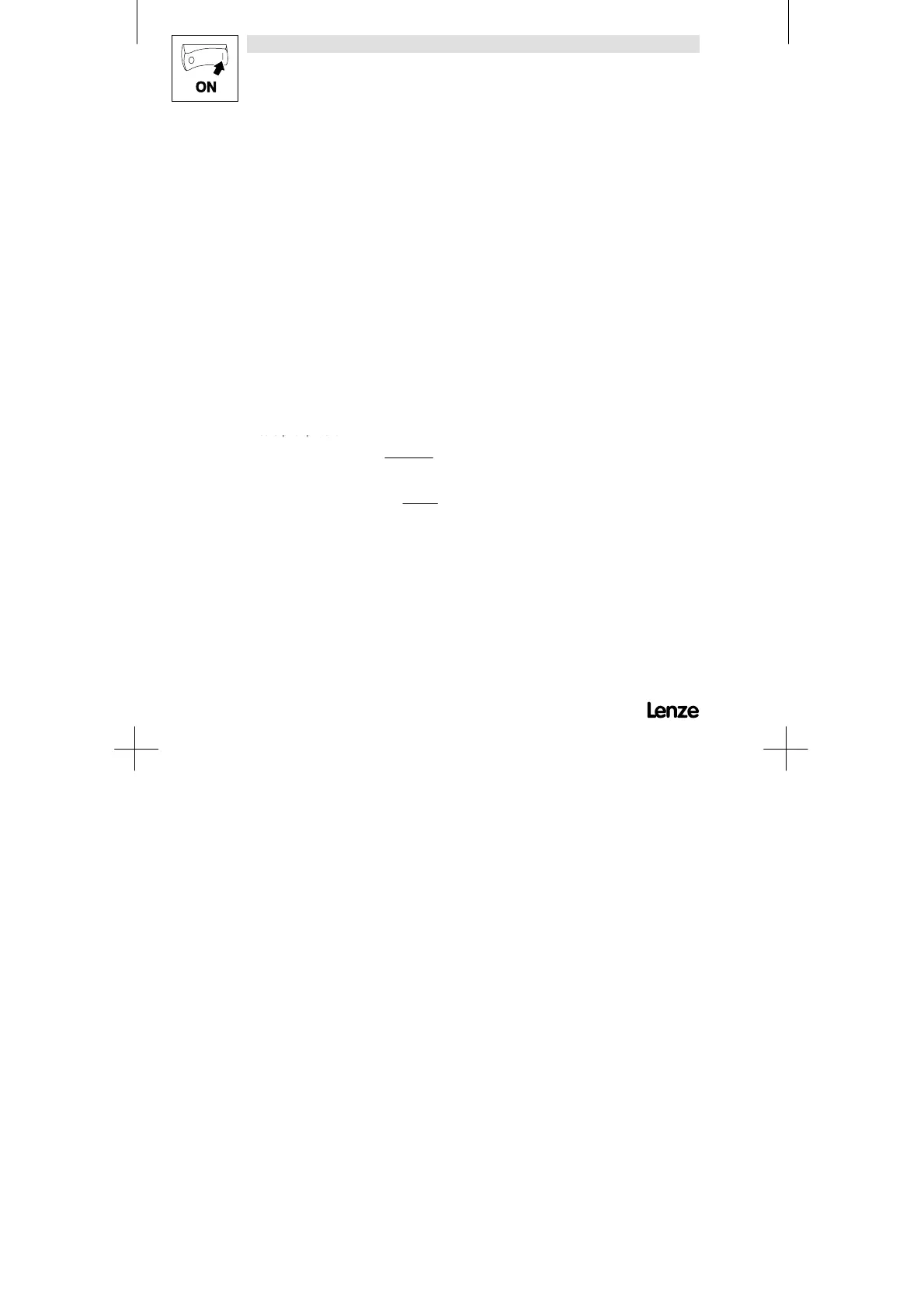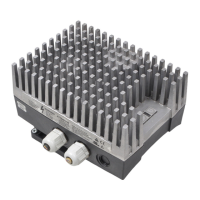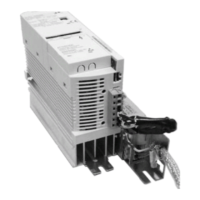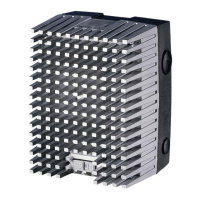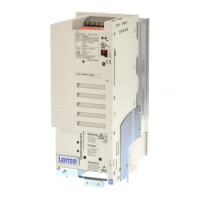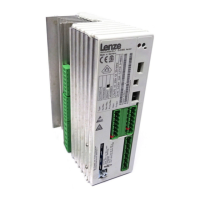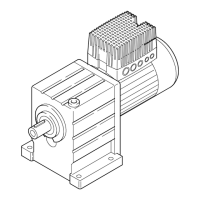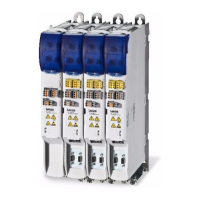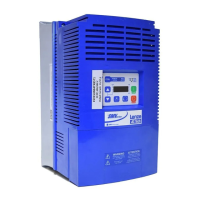Commissioning
5-14 UOMu_^MVMO
3.Set the Vmin boost
(C016).
D Load-independentboost of the motor voltage for field frequencies below the
U/f-rated frequency. You can thus optimize the torque performance of the inverter
drive.
D It is absolutely necessar y to adapt the asynchronous motor used, since otherwise,
the motor can be destroyed by overtemperatue:
Adjustment
Please note the thermal characteristic of the connected motor under small field
frequencies:
D Usually, standard asynchronous motors with insulation class B can be operated for a
short time with rated current and frequencies between 0Hz
≤ f
d
≤25Hz.
D Please ask the motor manufacturer for the exact setting values for the motor
current.
A Operate the motor in idle running with a slip frequency of f
d
≈:
-P
mot
≤7.5 kW: f
d
≈5Hz
-P
mot
>7.5 kW: f
d
≈2Hz
B Increase V
min
until you reach the following motor current:
- Motor in s hort-term operation at 0Hz
≤f
d
≤ 25Hz:
with self-ventilated motors: I
motor
≤ I
N motor
with forced-ventilated motors: I
motor
≤ I
N motor
- Motor in permanent operation at 0Hz ≤f
d
≤ 25Hz:
with self-ventilated motors I
motor
≤ 0.8 ¡I
N motor
with forced-ventilated motors: I
motor
≤ I
N motor
4.Set slip compensation
Rough setting by means of the motor data:
(C021).
ë =
å
êëóå
− å
ê
å
êëóå
⋅ NMMB
å
êëóå
=
Ñ
Çê
⋅ SM
é
s Slip constant (C021)
n
rsyn
synchronous motor speed [min
-1
]
n
r
rated speed to motor nameplate [min
-1
]
f
dr
rated frequency to motor nameplate [Hz]
p Number of pole pairs
Precise setting:
Change C021 under constant load until the speed is near the synchronous speed.
If C021 is set to too high values, the drive may become instable (overcompensation).
Artisan Technology Group - Quality Instrumentation ... Guaranteed | (888) 88-SOURCE | www.artisantg.com
